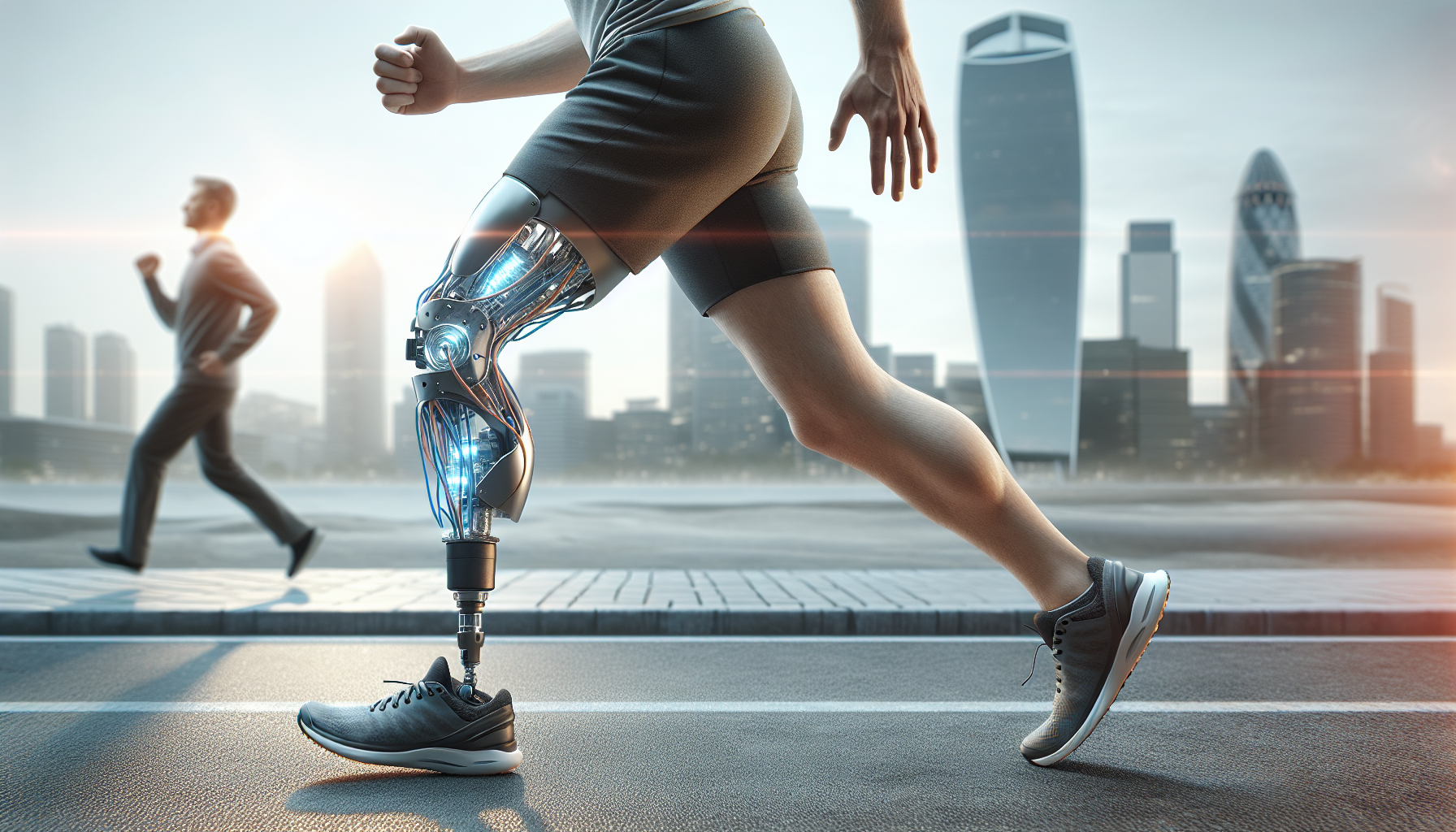A significant breakthrough in prosthetic technology has recently been achieved. A new surgical intervention combined with a neuroprosthetic interface has enabled individuals with below-knee amputations to regain a natural walking gait. This innovation not only allows them to walk faster but also reduces their risk of falling.
The Technology Behind the Breakthrough
This pioneering prosthesis is uniquely driven by the nervous system. Advanced neuroprosthetic interfaces play a crucial role by making the control mechanism intuitive and natural. Sensors are implanted to read and interpret neural signals from the user’s nervous system. These signals then translate into commands that control the prosthetic limb, resulting in precise and natural movements.
Key Benefits
- Natural Walking Gait: Unlike traditional prosthetics that often produce an unnatural gait, this new system allows users to walk smoothly and efficiently, thereby reducing the risk of falls and enhancing overall mobility.
- Enhanced Control: The neuroprosthetic interface provides users with better control over their prosthetic limbs. By directly reading neural signals, the system can accurately respond to the user’s intentions, making everyday tasks easier and more manageable.
- Increased Speed: Users have reported being able to walk faster compared to previous prosthetic devices. This improvement is thanks to the natural and intuitive control provided by the neuroprosthetic interface.
Surgical Intervention
The success of this advanced technology hinges on a critical surgical intervention. The procedure involves implanting sensors to detect neural signals, which are carefully placed to ensure optimal signal detection and transmission to the prosthetic limb. The precision of this surgical aspect is essential for the effective functioning of the neuroprosthetic interface.
Future Implications
The implications of this breakthrough are immense. It opens up new possibilities for individuals with amputations, granting them increased independence and mobility. As the technology continues to evolve, it is likely to benefit an even wider range of patients, including those with more complex amputations.
Conclusion
The development of a prosthesis driven by the nervous system marks a significant advancement in prosthetic technology. By restoring a natural walking gait, enhancing control, and increasing walking speed, this innovation holds the promise of greatly improving the quality of life for those with below-knee amputations. With ongoing research and development, we can look forward to even more transformative applications of this technology in the future.

Leave a Reply